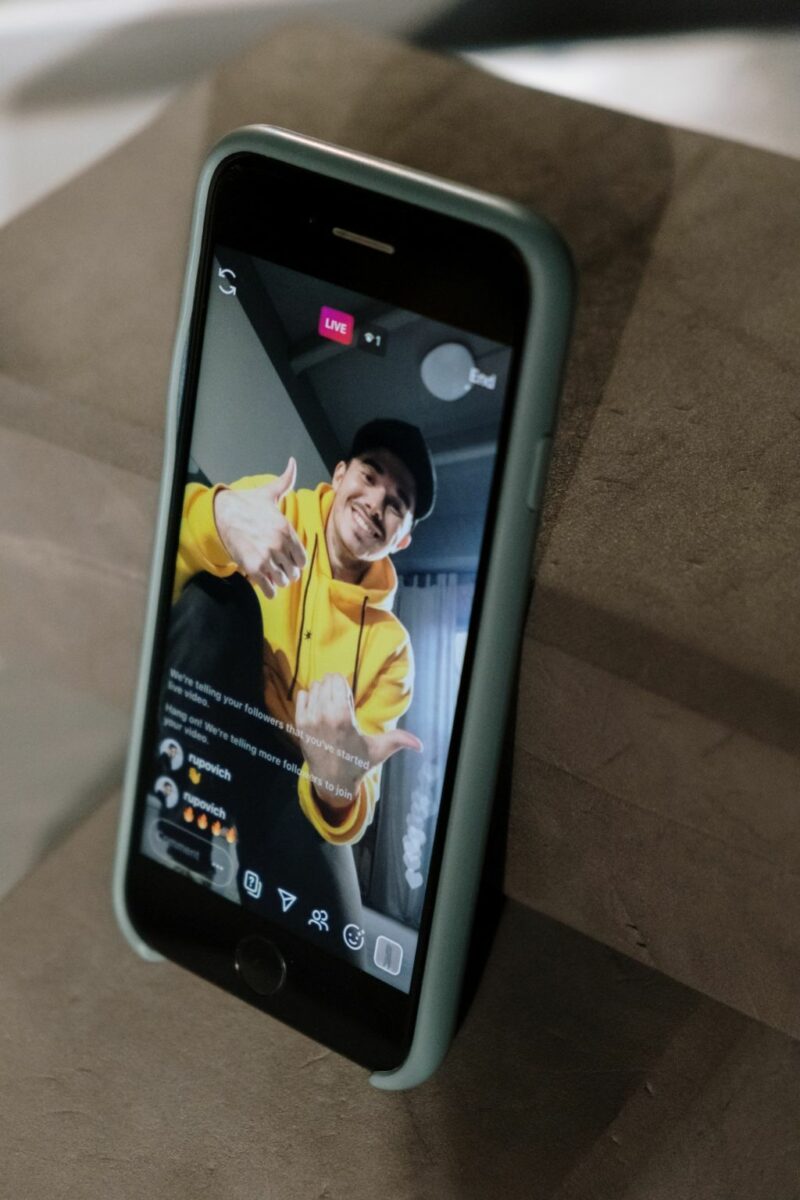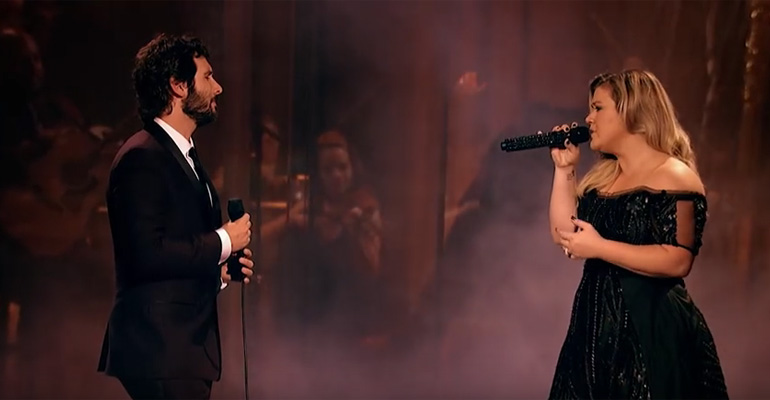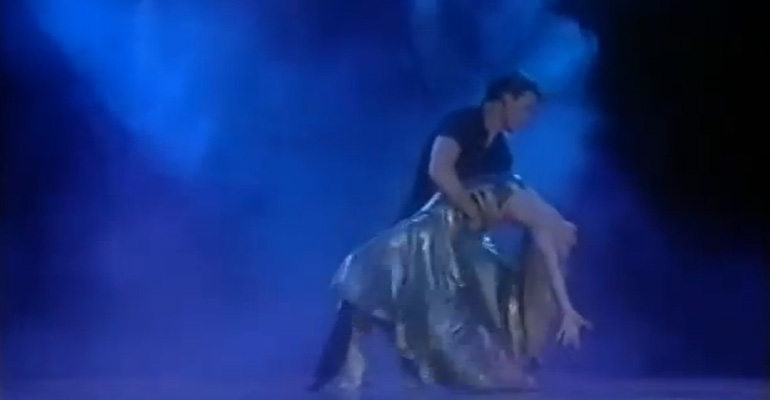In the fast-paced world of social media, platforms continually vie for user attention and engagement. One of the most exciting battles in recent years has been the competition between Instagram and TikTok for short-form video supremacy.

These two giants have revolutionized how we consume and create content, but they approach it in distinct ways.
In this article, we’ll delve into the clash of the titans: Instagram vs. TikTok, exploring their origins, features, and how they’ve reshaped the landscape of online entertainment.
The Origin of Instagram and TikTok
To understand the battle for short-form video supremacy, it’s essential to grasp the origins of both platforms.
Instagram, launched in October 2010, began as a photo-sharing app. It quickly gained popularity mostly due to its user-friendly interface and visually pleasing aesthetics. Initially, it focused on static images, but it evolved to include Stories in 2016, a feature inspired by Snapchat.
With Stories, Instagram users could share ephemeral, short videos and images that disappeared after 24 hours. This feature, though borrowed, became incredibly popular and was the first step towards Instagram’s expansion into short-form video content.
TikTok, on the other hand, was born from the merger of the lip-syncing app Musical.ly and Douyin, a Chinese short-video app. It officially launched globally as TikTok in September 2016 and gained substantial momentum, particularly among Gen Z and younger audiences.
TikTok’s defining feature was its 15 to 60-second videos, allowing users to create entertaining, often music-backed clips. Its addictive algorithm, which serves up an endless stream of content based on user preferences, played a pivotal role in its meteoric rise.
Feature Showdown: Instagram vs. TikTok

Now, let’s dissect how these platforms stack up against each other in terms of features.
- Stories: Instagram Stories paved the way for short-form video content. Users can post videos and photos and even go live within Stories.
- Reels: Instagram’s response to TikTok, Reels, lets users create 15 to 60-second videos set to music, complete with various editing tools.
- IGTV: While not as popular, Instagram’s IGTV allows for longer video content, targeting creators who want to share more extended narratives.
- Explore Page: Instagram’s Explore page offers personalized content recommendations, including short videos and Reels, helping users discover new accounts and trends.
TikTok
- 15 to 60-Second Videos: TikTok’s mainstay is its short-form videos, perfect for quick entertainment and creative expression.
- Sounds and Music: TikTok boasts an extensive library of music and sounds, enabling users to easily add music to their videos.
- Duet and Stitch Features: TikTok allows users to collaborate with others through duets and stitch videos, promoting community engagement.
- For You Page (FYP): TikTok’s algorithm-curated FYP displays a never-ending stream of content tailored to each user’s preferences, keeping them engaged.
The Battle for Creators

In the battle for short-form video supremacy, creators play a vital role. Here’s how Instagram and TikTok compete to attract and retain top talent.
Instagram initially leveraged its existing user base and influencer partnerships to promote Reels. Creators who were already active on Instagram found it easy to transition to Reels, bringing their audiences along. The platform also introduced a Reels tab on user profiles, making it easier for followers to find and engage with this content.
Additionally, Instagram implemented monetization features, such as Instagram Shopping, Affiliate Marketing, and Creator Shops, to entice creators with revenue opportunities.
TikTok
TikTok, however, positioned itself as a creator-centric platform from the start. It introduced the TikTok Creator Fund, allowing popular creators to earn based on the performance of their videos. This incentive attracted influencers who could monetize their content more directly than on Instagram.
The algorithm-driven FYP on TikTok also gave new creators a chance to go viral without needing an existing audience, democratizing the platform.
User Engagement and Entertainment Value
While both platforms offer short-form video content, they have distinct approaches to user engagement and entertainment value.
Instagram’s strength lies in its established user base and integration with other Facebook-owned platforms like WhatsApp and Messenger. Users can seamlessly share content between these platforms, enhancing their reach.
The platform is a hub for lifestyle and influencer content, making it a preferred choice for those interested in fashion, beauty, travel, and fitness. It’s also where longer-form content, like IGTV series, can thrive.
If you want to take advantage of all Instagram has to offer but you’re wondering how to bypass phone number verification, you can use a temporary phone number instead of using your actual number.
TikTok
TikTok’s appeal lies in its algorithm, which keeps users engaged for extended periods. The FYP delivers a constant stream of content, making it easy for users to consume videos back-to-back. The platform is synonymous with viral challenges, dance trends, and comedic skits, making it a go-to for quick, light-hearted entertainment.
TikTok’s strong music integration has also propelled it into the realm of music discovery, as viral sounds often translate to hits on streaming platforms.
The Future of Short-Form Video
The battle between Instagram and TikTok is far from over. Both platforms continue to innovate and expand their offerings, striving to stay at the forefront of short-form video content.
Instagram’s Future
Instagram continues to refine Reels and invest in creator tools and monetization options. The platform is likely to focus on integrating Reels more seamlessly into the overall Instagram experience, making it a default choice for existing users.
TikTok’s Future
TikTok aims to broaden its appeal beyond its primary demographic of young users. By expanding into e-commerce and adding longer video options, it seeks to capture a broader audience and solidify its position as a major entertainment platform.
Conclusion
Instagram and TikTok have changed the digital entertainment landscape by popularizing short-form video content. Each platform has its strengths, from Instagram’s integration with a larger social media ecosystem to TikTok’s algorithm-driven discovery.
The battle for short-form video supremacy is a dynamic one, and users are the ultimate winners, enjoying a wealth of engaging, entertaining content from both platforms. As Instagram and TikTok continue to evolve, the competition will only intensify, pushing each platform to deliver ever-more captivating and innovative content experiences for users worldwide.
Please share these tips to find success with short-form videos on Instagram and TikTok with your friends and family.



